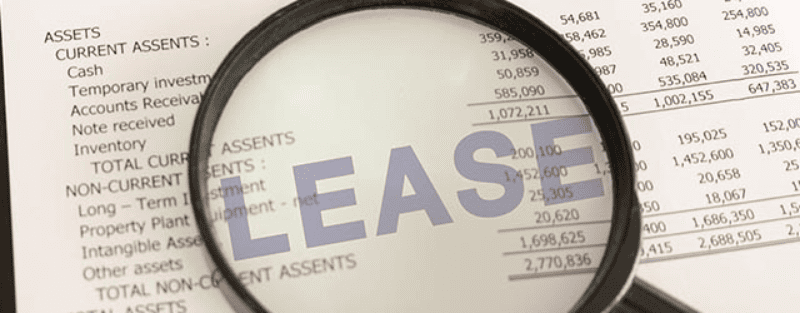With deadlines only months away, treasury officers will need to improve their processes and leverage new technology to meet new IFRS and GAAP standards.
In the wake of the off-balance sheet fudging that contributed substantially to the 2008 financial crisis, the two parties responsible for preventing such shenanigans worldwide united to craft accounting standards intent on keeping those liability bombs from blowing up again.
The resulting accounting standards, ASC 842 in the US and IFRS 16 in most the rest of the world, were released in early February and will govern how leases are reported to investors. The guidance that leases must be visible on the balance sheet takes effect January 1, 2019, for most business entities. Companies are generally permitted to adopt them sooner, but a lot will struggle just to make that deadline.

It’s not just 2019-and-forward numbers that need to be stated. The standards also require restatement of prior years’ balance sheets. While the international standard requires all leases to be clearly delineated, the US GAAP standard parses some fine points, exempting many small-value or short-term leases. It also exempts leases of intangibles, mineral rights, inventory, timber and assets under construction.
KPMG also points to differences in how the two standards govern index- or rate-tied leases, leasebacks and subleases. A dual-reporting multinational with business in the US, then, will have a lot more to work on when preparing its financial statements.
Restating the books won’t be a fully automated task. Even technologists acknowledge that there’s no downloadable magic wand that will move the leases from the footnotes into the accounting equation.
The difficulties start, as they often do, with the data gathering phase.
“Most companies don’t have this end of the enterprise electrified,” says Pete Graham, SAP’s director of finance solutions and mobility. “Most lease data still resides in paper contracts.”
He cites the transportation, retail, pharma and oil-and-gas sectors as the ones most impacted by the accounting changes. They, presumably, become the ones that will need to explain the new guidance to the stock analysts and rating agencies.
All the pain might be worth it in the long run, though. The new standards present “a better alignment of economic reality,” according to MorganFranklin Consulting managing director Tom Roland. “It’s a move in the right direction.”
Roland tells Global Finance that, in addition to how the measures will alter how companies report to investors, they will also alter how companies report to their governments.
A company’s creditworthiness could possibly change,” he says. Separately but relatedly, “changes in the treatment of the recognition of assets will have an impact on indirect taxes.”
No sources contacted for this story cared to speculate how the confluence of the new FASB standard and the recent US tax reform act might yield unintended consequences.



